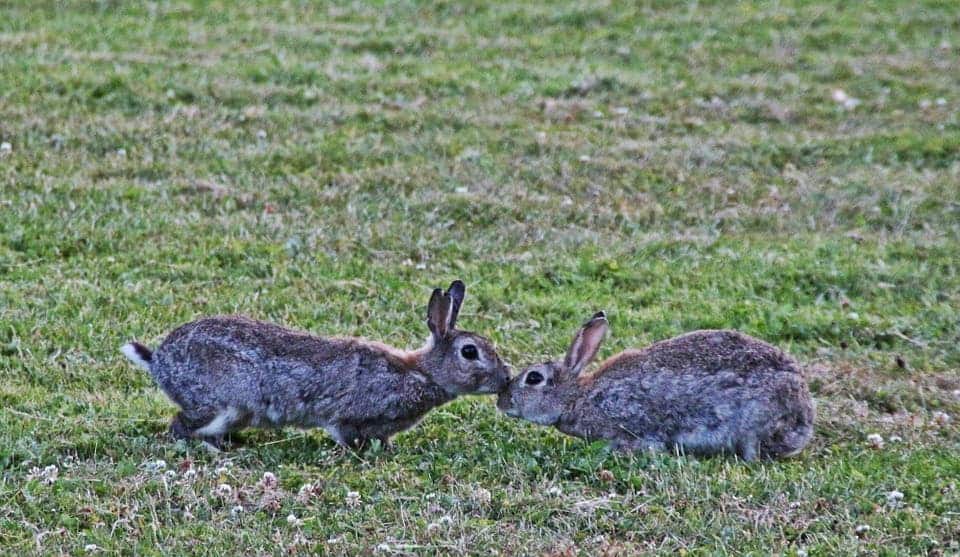Promiscuity may work against speciation by homogenizing a population’s gene pool, a paper from the University of Bath’s Milner Centre for Evolution reports.

Image credits Holger Langmaier.
In order for one group to speciate (split off into new species), there has to be a certain level of genetic isolation going on. Darwin said that over time, as environmental factors collide with the genetic make-up of each population, natural selection would favor the best-adapted individuals, who would pass on their genes more readily — thus favoring speciation. This is really good if you want to become adapted to the particular conditions in your plot of land.
But efficient Darwinism isn’t the only hand shaping genomes around the world. Other models, such as Fisher’s runaway selection models, take into account sexual selection. In short — males like females, females like what they like, so strong horns make way for flashier horns to give males a better shot at getting some action. This way, arbitrary traits which can actually make animals less adapted (think of the peacock’s ridiculously impractical drab) become valuable assets as they improve access to mates.

Image credits Christy Mesker.
Theories like Fisher’s brought into discussion the fact that sexual preferences, especially on the part of the females who tend to be pickier in regards to mates, can become a huge driver of speciation. Preferences can vary quite wildly from place to place and as genomes get tuned more towards delivering the goods at the expense of efficiency, overall genetic diversity rises setting the stage for speciation — or at least that’s how the theory goes.
But this conventional wisdom might not be spot-on, according to a new paper published by researchers at the University of Bath, Cardiff University, and the Max Planck Institute for Ornithology. By tracking microsatellite data for 79 populations of 10 plover species (Charadrius) and the genetic structure of 136 shorebird species, the team found that a propensity for promiscuity makes a population’s genes less diverse. They report that polygamous bird species (those who breed with several partners each season) are less genetically diverse than monogamous (only one partner per season) species — lowering the chances of speciation.
“Our findings suggest that because of the pressure to find more than one mate, polygamous shorebirds may search large areas and therefore spread their genes as they go,” said first author Josie D’Urban Jackson, who is jointly supervised at University of Bath and Cardiff University.
“This means they effectively mix up the gene pool by diluting any genetic differences between geographically distant locations, so that populations are less likely to diversify into new species over time.”
Monogamous species only have to find one mate to partner up with each season, and generally tend to re-visit the same breeding sites throughout their life. This means they’re better adapted to local conditions and more genetically isolated as there is little to no influx of outside genes. All this makes monogamous species more likely to speciate.
Promiscuous species on the other hand travel far and wide to sow as many oats as they possibly can — but it’s not a case of first come, first served. Jackson’s supervisor at the University of Bath’s Milner Centre for Evolution, Tamás Székely, says that polygamous birds can travel hundreds of kilometers at a time to find a mate they like.
You might think that birds choose mates arbitrarily if they are promiscuous, but most individuals prefer a certain type, just as some humans might prefer blonde or dark hair in a partner,” said Professor Tamás Székely.
This makes promiscuous populations mix their genes even over huge distances, while their monogamous counterparts can remain relatively distinct a stone’s throw away.
“For example, in Madagascar, we found that the polygamous plovers were similar across the whole island, whereas the monogamous plovers have distinct genetic composition between nearby locations — showing the same pattern that our larger scale study just confirmed.”
The paper “Polygamy slows down population divergence in shorebirds” has been published in the journal Evolution.






